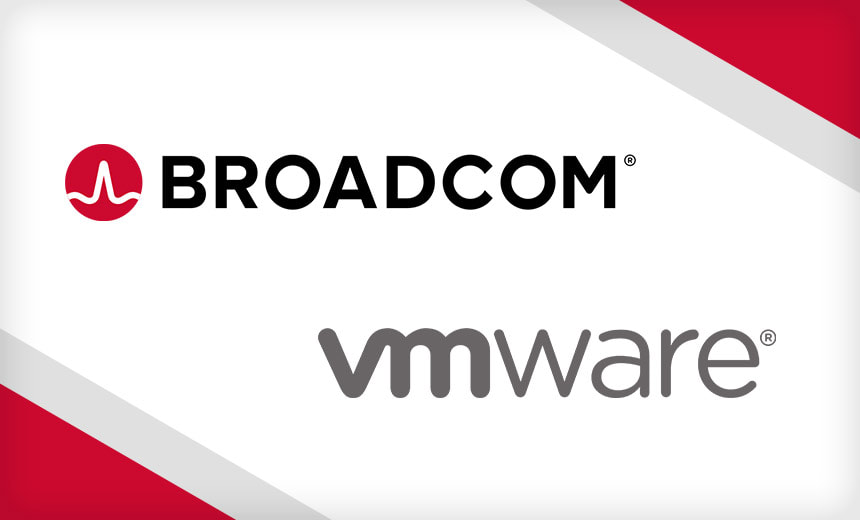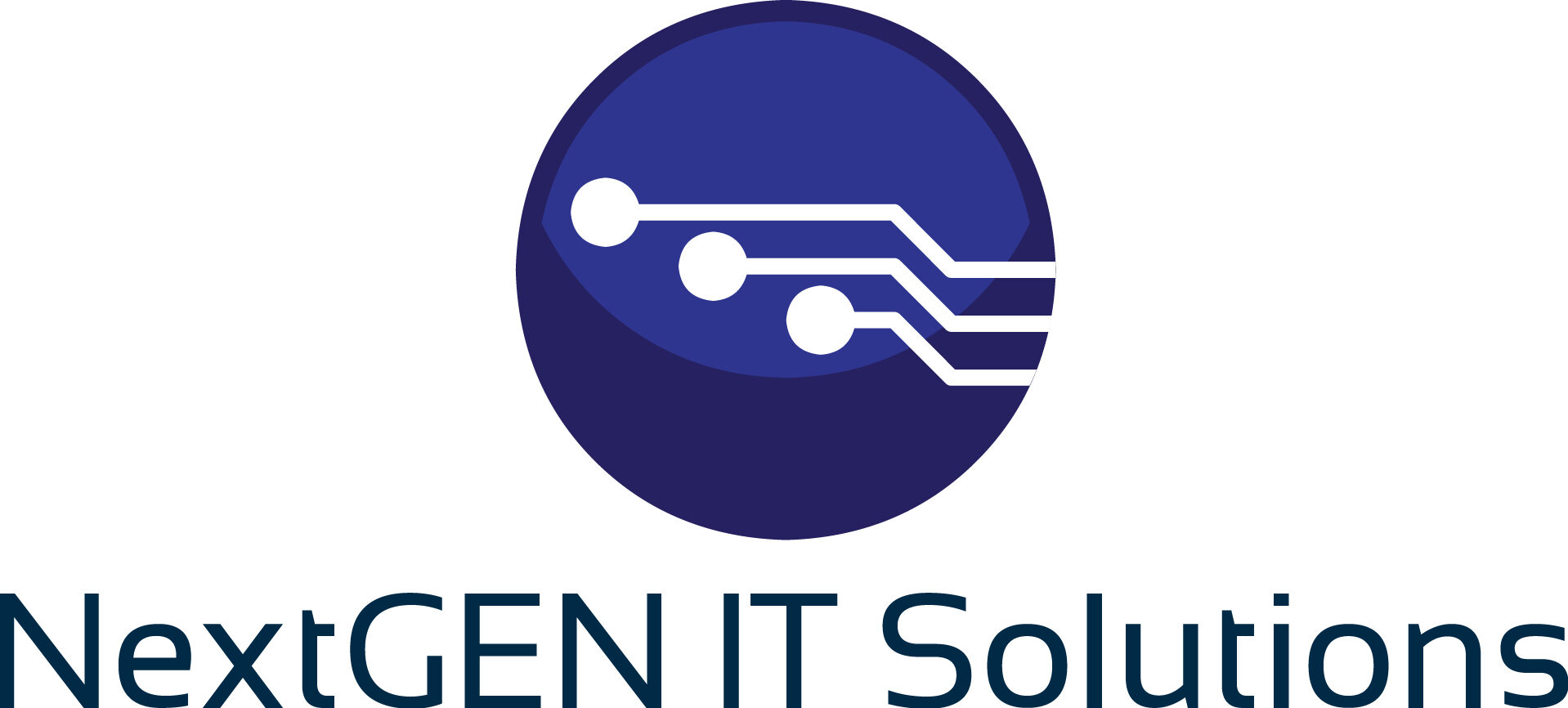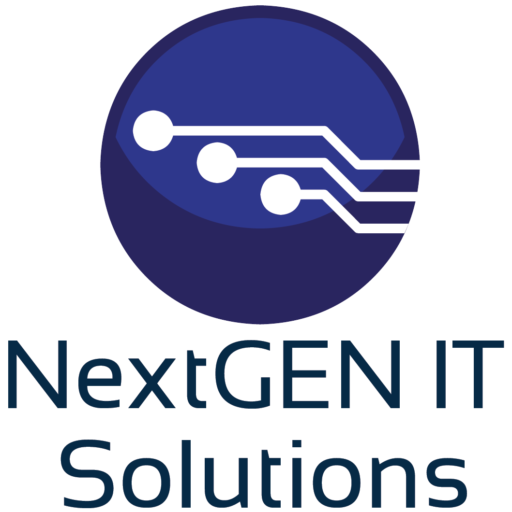Surviving the Fallout from Broadcom’s Purchase of VMware

Embracing Alternatives in Microsoft Hyper-V and Proxmox
In the dynamic landscape of technology, acquisitions can send ripples across the industry, impacting stakeholders from the smallest businesses to the largest enterprises. The recent acquisition of VMware by Broadcom stands as a testament to this reality, stirring conversations and concerns about the future of virtualization technologies and the broader implications for IT infrastructure. As we navigate through the aftermath of this significant change, it’s crucial for businesses and IT professionals to consider their options. Among these, Microsoft Hyper-V and Proxmox emerge as viable, even advantageous, alternatives for those looking to adapt and thrive in a post-VMware acquisition environment.
The Broadcom-VMware Deal: A Catalyst for Change
The acquisition of VMware by Broadcom has raised numerous questions about product direction, licensing costs, and support structures. VMware, a titan in the virtualization space, has long been the backbone of many IT infrastructures, offering solutions that span from cloud management to network virtualization. The uncertainty brought about by this acquisition has prompted organizations to explore other solutions that could potentially offer stability, innovation, and cost-effectiveness.
Microsoft Hyper-V: A Robust Contender
Microsoft Hyper-V represents a compelling alternative to VMware, especially for organizations already entrenched in the Microsoft ecosystem. As a feature of Windows Server, Hyper-V allows for the creation and management of virtual machines (VMs) on Windows-centric infrastructures. Its integration with other Microsoft products, such as System Center for managing data centers and Azure for cloud services, provides a seamless experience that can be particularly attractive for businesses looking to streamline their operations.
Key Advantages of Hyper-V
Seamless Integration with Microsoft Products: For organizations utilizing Microsoft software, Hyper-V offers unparalleled integration, simplifying management and operation across the board.
Cost-Effectiveness: Hyper-V comes as part of Windows Server, which means for many businesses, adopting Hyper-V could result in significant savings on virtualization.
Scalability and Performance: Hyper-V has shown significant strides in scalability and performance, making it suitable for both small and large-scale deployments.
Advanced Features: Features such as live migration, storage migration, and Hyper-V Replica offer robust solutions for business continuity and disaster recovery.
Proxmox VE: Budget-Friendly and Open Source
For organizations looking for a budget-friendly and flexible alternative, Proxmox Virtual Environment (VE) offers a compelling case. As an open-source platform, Proxmox VE provides a comprehensive solution for managing virtual machines and containers, along with a strong emphasis on security and easy scalability.
Why Consider Proxmox VE?
Cost-Effectiveness: Being open source, Proxmox VE can dramatically reduce the total cost of ownership, with support options available at competitive rates.
Flexibility and Openness: The open-source nature of Proxmox VE grants users greater control over their virtualization environment, allowing for customization and integration that proprietary solutions might limit.
Integrated Solutions for Virtualization and Containers: Proxmox VE supports both VMs and containers (LXC), enabling efficient resource utilization and application deployment.
High Availability and Cluster Support: Proxmox VE includes built-in features for high availability, clustering, and backup, ensuring business continuity without the need for additional software.
Navigating the Transition
Transitioning from VMware to either Microsoft Hyper-V or Proxmox VE—or indeed, any new platform—requires careful planning and consideration. Here are some steps to ensure a smooth transition:
- Assessment and Planning: Evaluate your current VMware deployment to understand the specific needs and workloads. Plan your migration strategy around these findings, considering the compatibility and requirements of your target platform.
- Training and Skill Development: Ensure your IT team is up to speed with the new platform. Both Microsoft and the Proxmox community offer extensive documentation and training resources.
- Pilot Testing: Before a full-scale migration, conduct pilot tests with non-critical workloads to identify potential issues and refine your migration process.
- Migration Tools and Services: Leverage available tools and services for migration. For instance, Microsoft offers a Virtual Machine Converter for migrating VMware-based virtual machines to Hyper-V.
- Post-Migration Support: Plan for post-migration support and troubleshooting. Engage with the community or professional support services to resolve any emerging issues swiftly.
Embracing the Future
The acquisition of VMware by Broadcom marks a pivotal moment, prompting a reassessment of virtualization strategies. While change can be daunting, it also presents an opportunity to explore alternatives that might better align with an organization’s evolving needs. Microsoft Hyper-V and Proxmox VE stand out as two such alternatives, each with unique strengths and advantages. By carefully considering these options and planning the transition, businesses can not only survive but thrive in this new landscape, leveraging the benefits of modern virtualization technologies to drive efficiency, resilience, and growth.
At NextGEN IT Solutions, we understand the complexities and challenges businesses face in the ever-evolving technology landscape. With the recent acquisition of VMware by Broadcom, many organizations are reevaluating their virtualization and IT infrastructure strategies. It’s a time of significant change, but also an opportunity for growth and optimization. At NextGEN IT, we are perfectly positioned to help your business navigate these changes, ensuring a smooth transition and a stronger, more resilient IT infrastructure.



